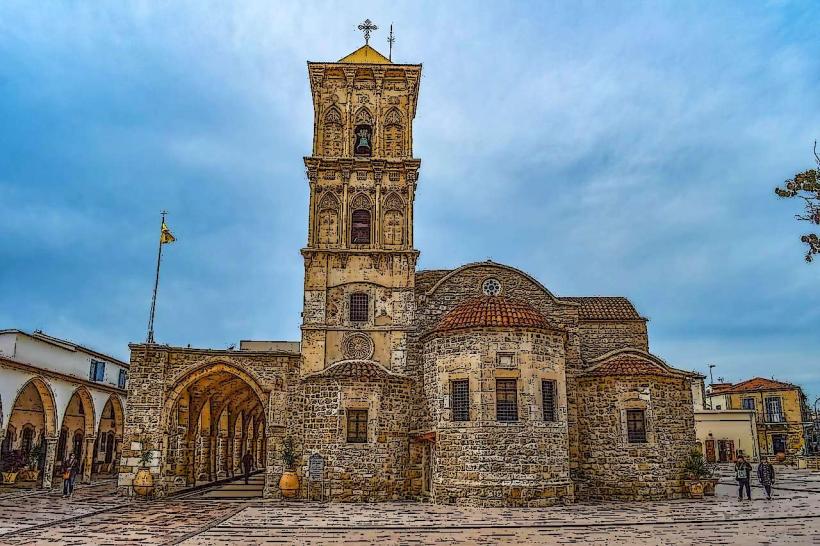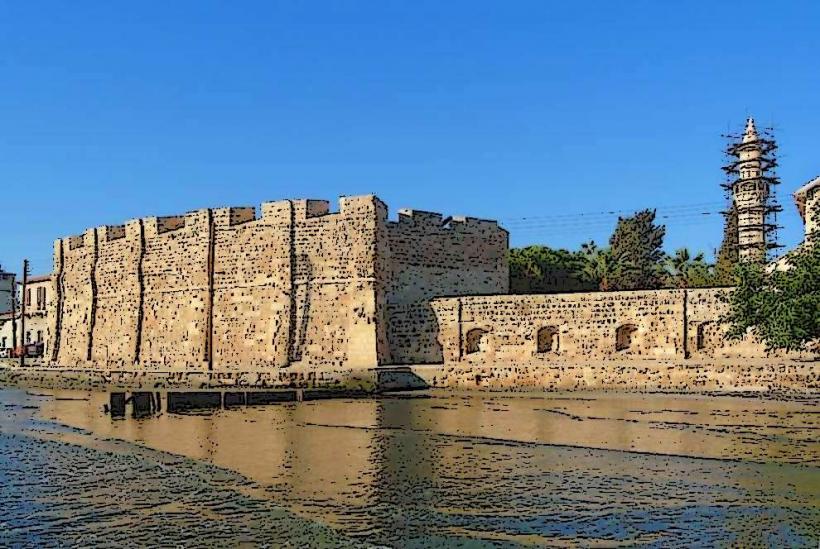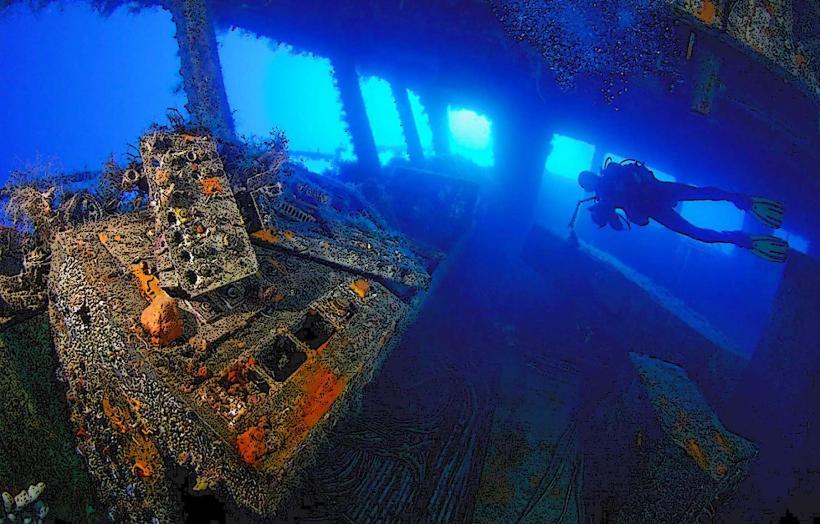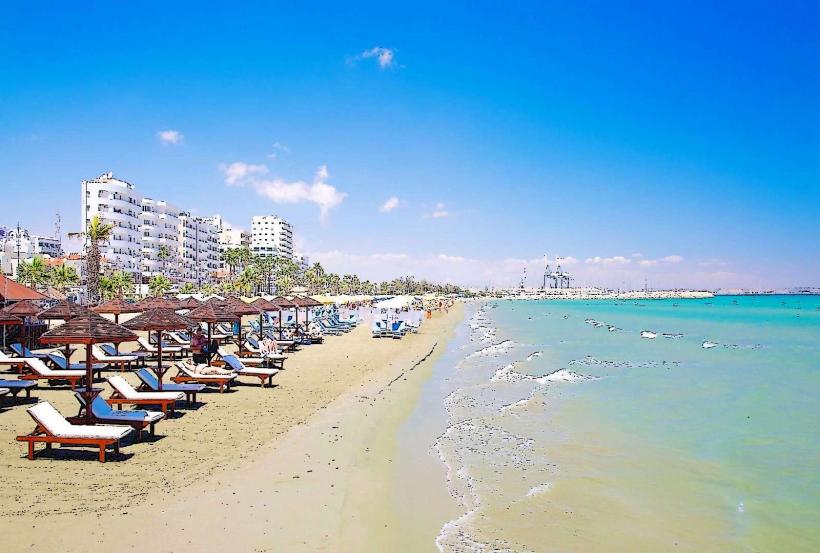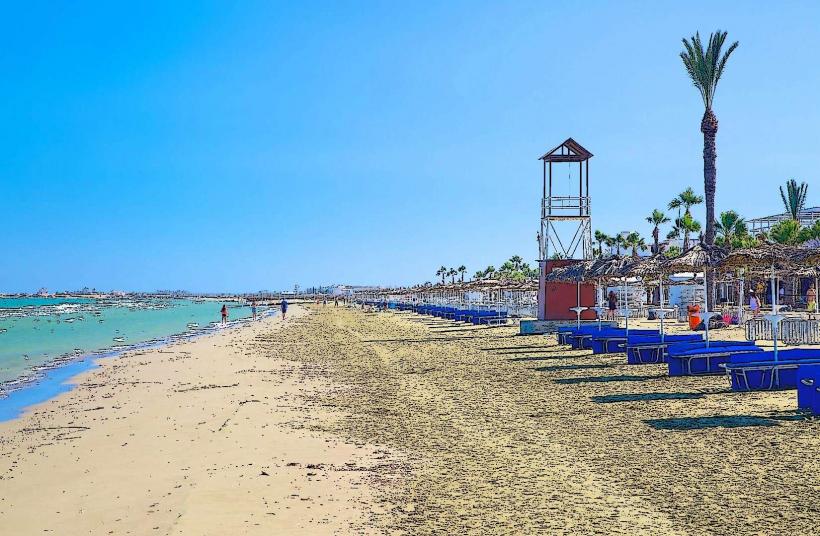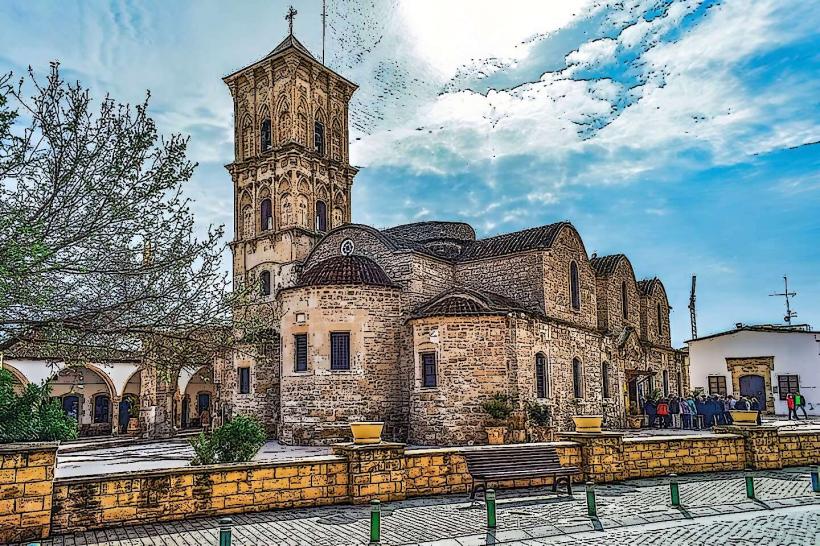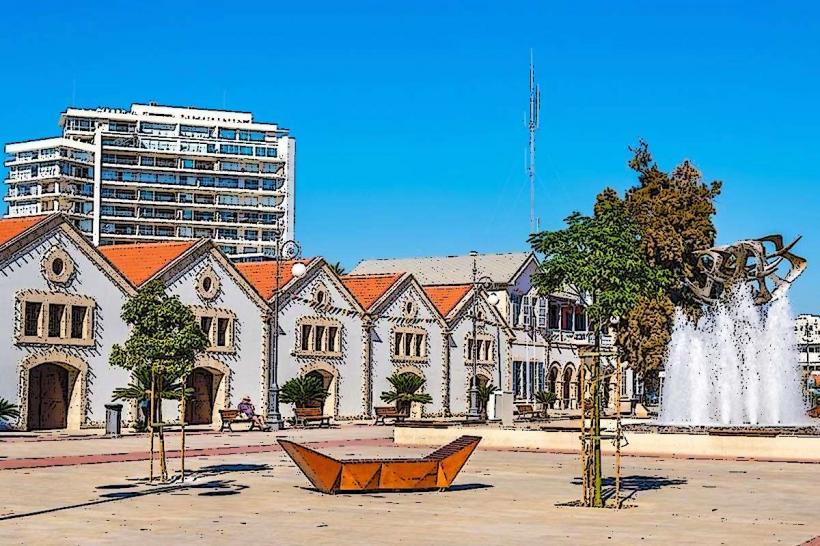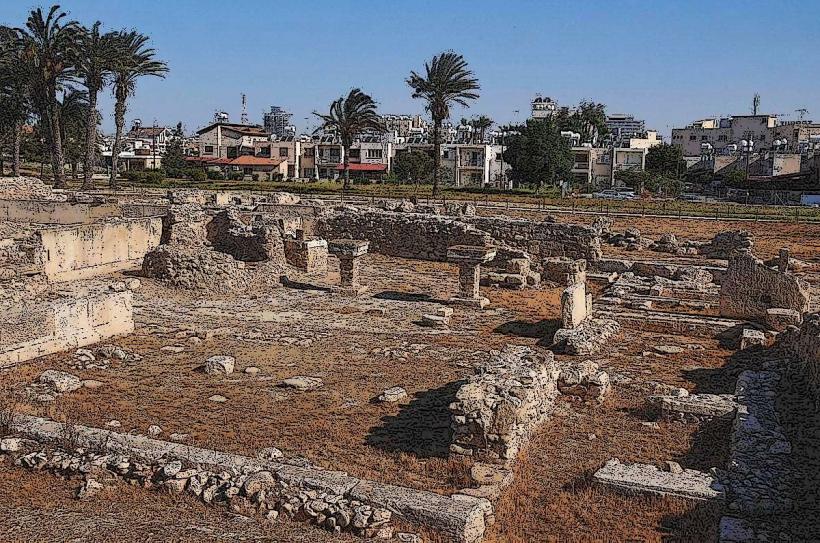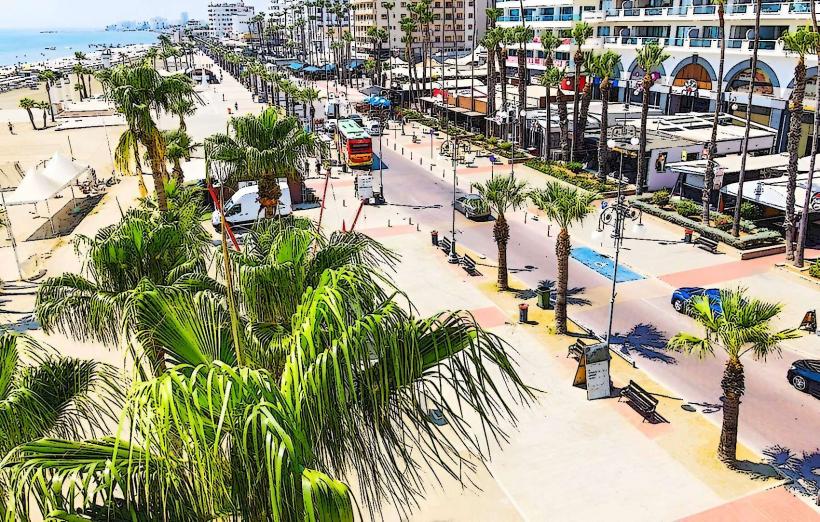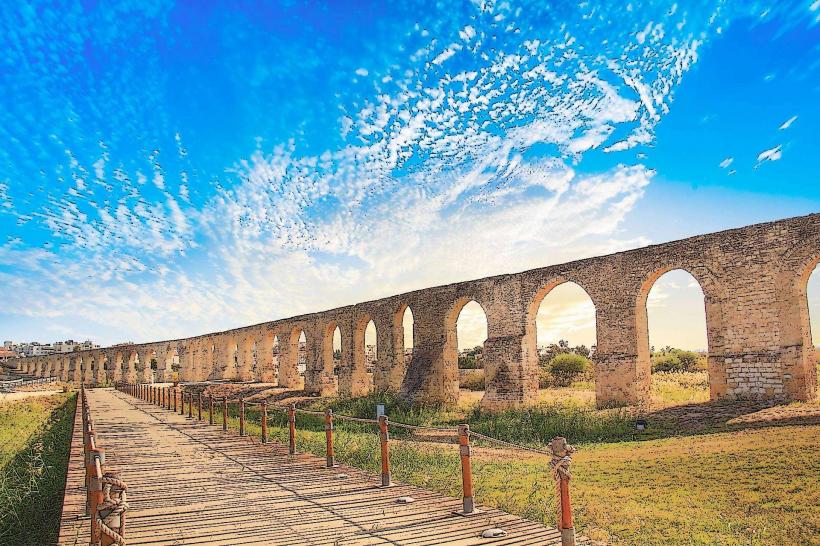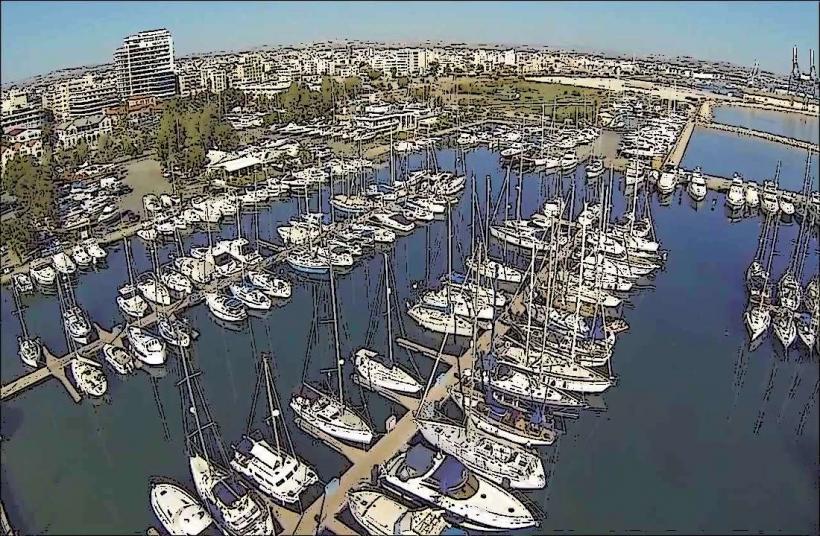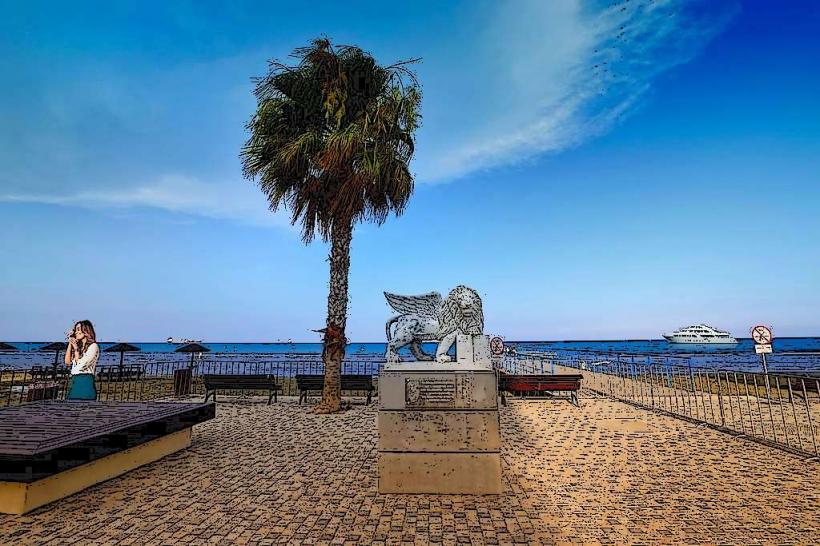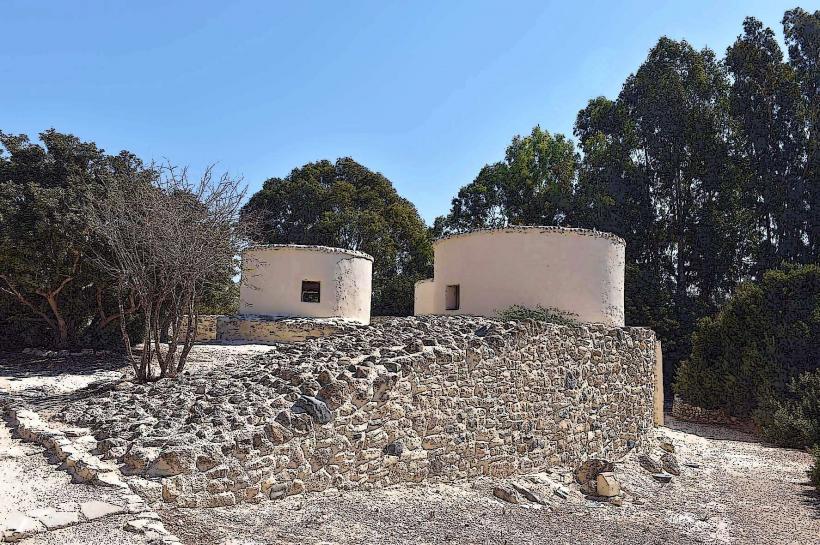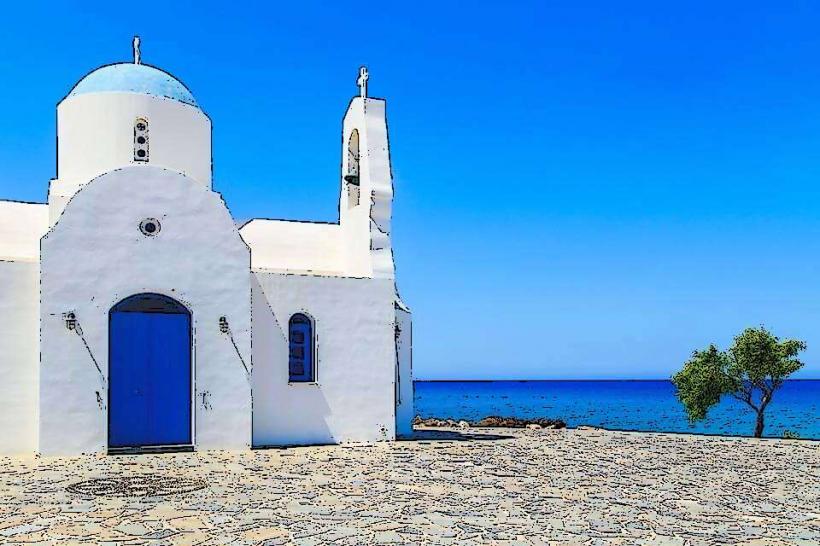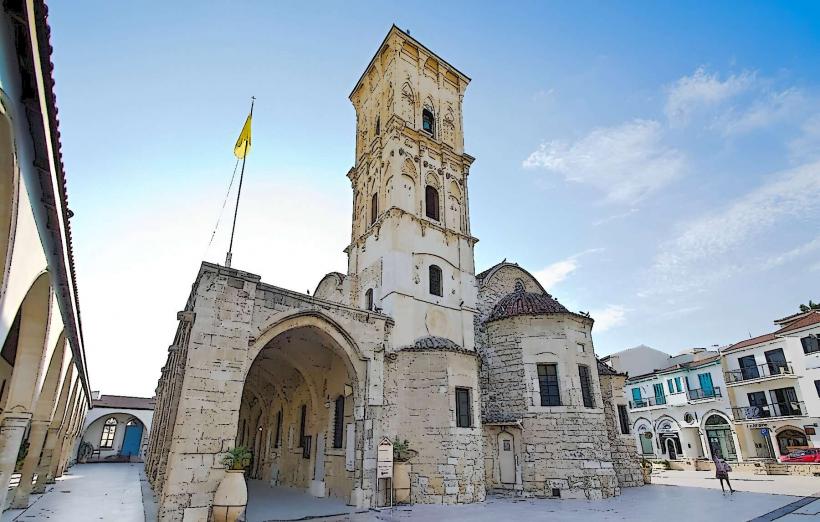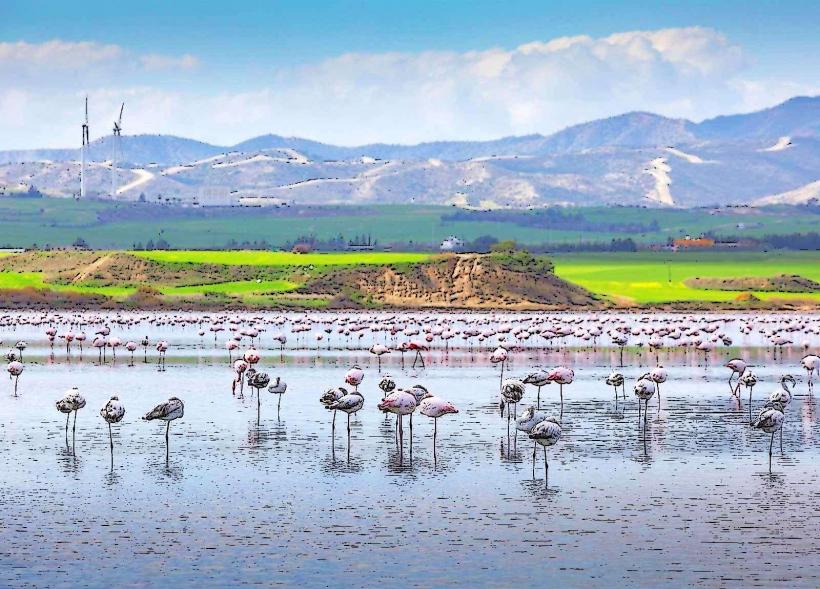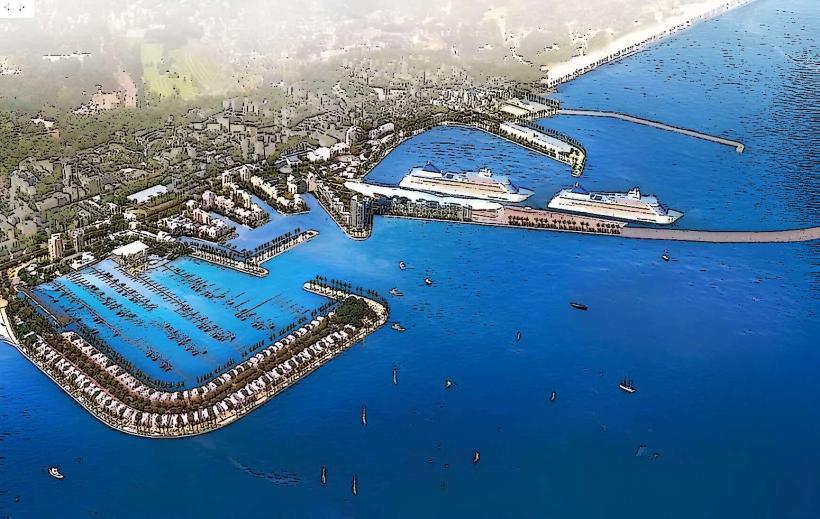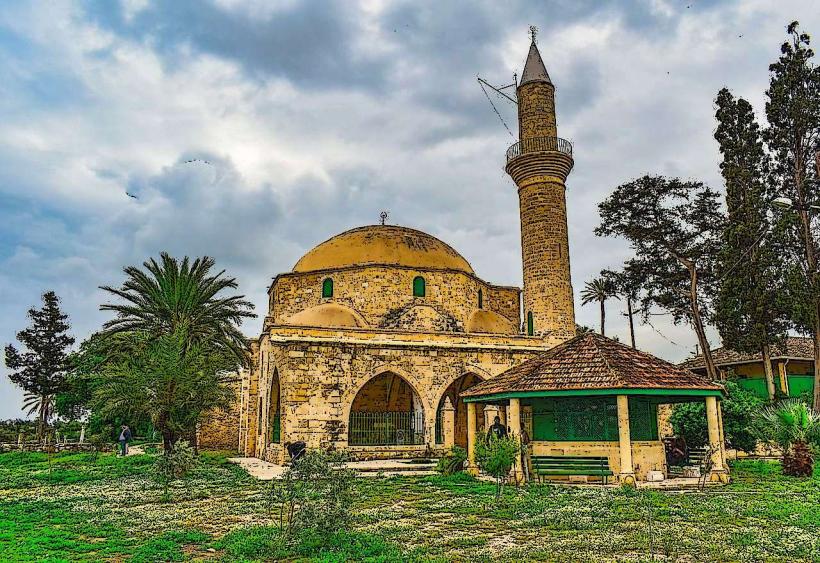Information
Landmark: Larnaca District Archaeological MuseumCity: Larnaca
Country: Cyprus
Continent: Europe
The Larnaca District Archaeological Museum is an important cultural institution located in the city of Larnaca, Cyprus. The museum showcases the island's rich archaeological heritage, offering visitors a glimpse into the ancient civilizations that once thrived in this region. Through its collection of artifacts, the museum provides valuable insight into the history, culture, and daily life of the people who lived in Cyprus from prehistoric times through to the Roman period.
1. Location and Accessibility:
- Location: The museum is situated in the heart of Larnaca, close to the city center and not far from other significant historical landmarks, such as Larnaca Fort and Finikoudes Beach. Its central location makes it a convenient destination for tourists and locals alike.
- Accessibility: The museum is easily accessible by foot from other major attractions in Larnaca. Visitors can explore nearby areas, such as the Larnaca Marina and Larnaca Salt Lake, making the museum a great stop during a wider tour of the city.
2. History and Establishment:
- Foundation: The Larnaca District Archaeological Museum was established in 1969. It was created to preserve and exhibit the archaeological finds from the surrounding Larnaca district, which has been a rich site for excavations and historical discoveries due to its strategic coastal location.
- Archaeological Significance: Larnaca and its surrounding areas have been inhabited for thousands of years. The museum's collections reflect the diverse range of cultures and civilizations that have shaped the region, including the Phoenicians, Greeks, Romans, and Byzantines.
3. Exhibitions and Artifacts:
The museum houses a comprehensive collection of artifacts from various periods in Cypriot history, allowing visitors to trace the evolution of the island’s culture and civilization.
- Prehistoric Artifacts: The museum’s prehistoric section includes objects from the Neolithic, Chalcolithic, and Early Bronze Age periods. Visitors can view pottery, tools, and other artifacts that offer insights into the early inhabitants of Cyprus, particularly those from the Khirokitia settlement, one of the most important prehistoric sites in Cyprus.
- Ancient Greek and Roman Periods: The museum features an impressive collection of Hellenistic and Roman artifacts, including statuary, coins, pottery, and funerary objects. These items help to illustrate the influence of Greek and Roman civilizations on the island, particularly in terms of art, religion, and everyday life.
- Phoenician Artifacts: The museum also showcases artifacts from the Phoenician period, highlighting the significant role that the Phoenicians played in Cyprus, particularly in the area of trade and culture. These include vases, figurines, and inscriptions.
- Byzantine Period: The Byzantine section of the museum contains objects from the medieval period, including religious icons, ceramics, and inscriptions that reflect the island’s role within the Eastern Roman Empire.
- Funerary Art and Burial Customs: A key focus of the museum is the display of funerary artifacts, including tombs, urns, and grave goods that reveal much about the burial practices and religious beliefs of ancient Cypriots. Some of the most significant funerary items come from Salamis and Kition, two major ancient cities of Cyprus.
4. Notable Collections:
- The Kition Collection: The museum is known for its exceptional collection of objects from the ancient city of Kition, which was one of the most important urban centers in Cyprus during the Iron Age and Classical period. This collection includes inscribed tablets, ceramic figurines, and statues, many of which highlight the Phoenician influence on the region.
- Coins and Jewelry: The museum has a notable collection of ancient coins, which offer valuable insight into the political and economic history of Cyprus. Additionally, the jewelry collection, which includes gold and silver pieces from the Hellenistic and Roman periods, illustrates the craftsmanship and wealth of ancient Cypriot elites.
5. Educational and Cultural Programs:
- School and Educational Programs: The museum offers a variety of educational programs for students and school groups. These programs are designed to help young visitors learn about the history of Cyprus and the significance of the artifacts on display. Educational workshops, guided tours, and interactive activities are available for all age groups.
- Special Exhibitions: The museum periodically hosts special temporary exhibitions that explore specific themes or time periods in more depth. These exhibitions often include loans from other museums and cultural institutions, allowing the Larnaca District Archaeological Museum to broaden its scope and engage with international audiences.
- Lectures and Talks: The museum also organizes lectures, seminars, and talks on archaeology, history, and culture. These events provide an opportunity for both experts and the general public to engage with the latest research and developments in the field of Cypriot archaeology.
6. Architectural Design:
- The museum’s building is a blend of modern design and traditional architectural elements. It features spacious exhibition rooms that are well-lit and designed to display the artifacts in a way that enhances their historical and cultural significance.
- The museum’s layout allows visitors to move through the different periods of Cypriot history in a logical sequence, with clear signage and informative descriptions to guide them through the exhibits.
7. Visitor Experience:
- Interactive Displays: The museum offers a range of interactive displays and multimedia presentations that make it easier for visitors to understand the historical context of the exhibits. Audio guides and written materials are available in multiple languages, including English, making it accessible to international tourists.
- Friendly Staff: The museum staff is knowledgeable and eager to help visitors learn more about the artifacts on display. Guided tours are available in various languages, providing in-depth explanations of the exhibits.
- Gift Shop: The museum has a gift shop where visitors can purchase books, postcards, and replicas of some of the artifacts. It is a great place to find educational materials or souvenirs related to Cypriot archaeology.
8. Opening Hours and Admission:
- Opening Hours: The museum is typically open from Monday to Friday, with some weekend openings for special events. It is advised to check the official website or social media pages for the most up-to-date information on visiting hours.
- Admission Fees: The museum generally charges a modest entry fee. There may be discounts for students, seniors, and groups. Special exhibitions may have an additional fee, but access to the main collection is usually affordable.
9. Nearby Attractions:
- Larnaca Fort: A short distance from the museum, Larnaca Fort is a historic site that once served as a defense structure and is now home to the Larnaca Medieval Museum. It offers a great opportunity to explore another part of the city’s rich history.
- Larnaca Marina: The marina, located nearby, provides a lovely setting for a stroll along the waterfront after a visit to the museum. Visitors can enjoy cafes, restaurants, and views of the Mediterranean Sea.
- Agios Lazaros Church: The Church of Saint Lazarus, located near the museum, is an important religious site with historical and architectural significance. It is one of the key landmarks in Larnaca and is known for its Byzantine-style architecture.
Conclusion:
The Larnaca District Archaeological Museum is a must-visit destination for those interested in Cyprus’s history and ancient cultures. With its rich collection of artifacts, including prehistoric items, ancient Greek and Roman objects, and Phoenician treasures, the museum provides a comprehensive overview of the island’s long and fascinating history. Whether you are a history enthusiast, a student, or a casual visitor, the museum offers an enriching experience that brings the past to life.

